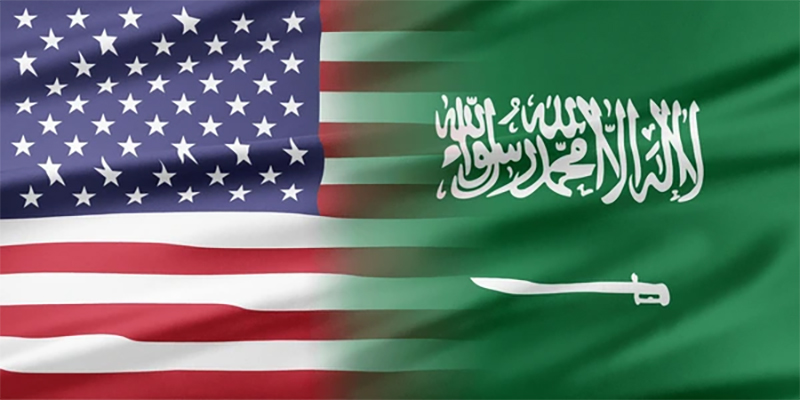In the ever-shifting sands of Middle Eastern geopolitics, a new chapter is being written as the United States and Saudi Arabia edge closer to a historic defense pact. This agreement, which is poised to redefine security dynamics in the region, comes at a time when the balance of power is delicately poised.

The Genesis of the Pact
The potential pact’s origins lie in mutual regional stability concerns and the drive to counter adversarial influences. For the US, it reaffirms Middle Eastern ally commitment; for Saudi Arabia, it modernizes defense and diversifies partnerships.
Key Provisions and Strategic Aims
The pact will provide Saudi Arabia with security guarantees akin to NATO allies, albeit less comprehensive. In exchange, Saudi Arabia will restrict Chinese technology in critical infrastructure, aligning more closely with US interests. The agreement also suggests a potential route to diplomatic relations with Israel, depending on Gaza Strip hostilities.
Implications for Regional Power Dynamics
If realized, this pact would strengthen the US in the Middle East, potentially at Iran and China’s expense. It could also grant Saudi Arabia access to advanced US weaponry, enhancing its defense capabilities.
Economic and Technological Dimensions
Economically, the pact could bring substantial US investments to Saudi Arabia, especially in fields such as AI and quantum computing. This would mark a substantial shift in the kingdom’s economic landscape, traditionally dominated by oil revenues.

Challenges and Hurdles
Despite the optimism, the pact faces numerous challenges. The US Senate’s approval is required for such a defense guarantee, and there remains skepticism among lawmakers regarding Saudi Arabia’s human rights record and its recent oil production strategies.
The Israeli Equation
A critical aspect of the agreement involves Israel. The US and Saudi Arabia plan to present Israeli Prime Minister Benjamin Netanyahu with a choice: either join the pact and establish formal diplomatic ties with Saudi Arabia, or risk being left behind. The conditions for Israel include ending the Gaza war and agreeing to a pathway for Palestinian statehood.
Conclusion: A Positive Horizon
While the path to this defense pact is fraught with complexities, its successful conclusion could herald a new era of stability and cooperation in the Middle East. It promises to reshape the region’s security architecture, foster economic growth, and potentially lay the groundwork for lasting peace.As the negotiators iron out the details and continue the diplomatic dance, cautious optimism emerges that this agreement could illuminate a region long shadowed by conflict.
In conclusion, the US-Saudi near defense pact stands as a testament to the transformative power of diplomacy. It underscores the potential for a positive future in the Middle East, where mutual security and prosperity are within reach, and old adversaries can find common ground for the greater good.






